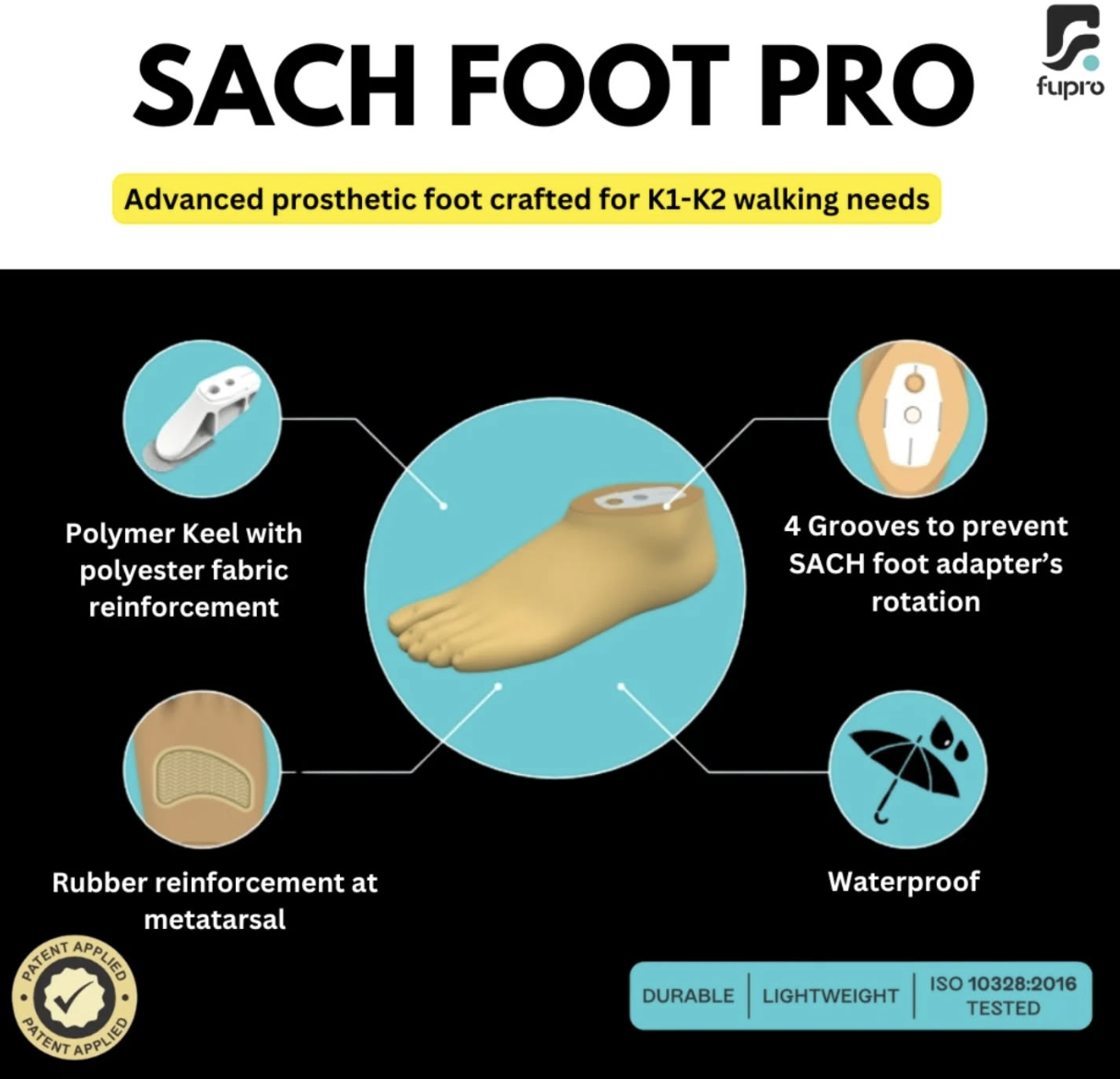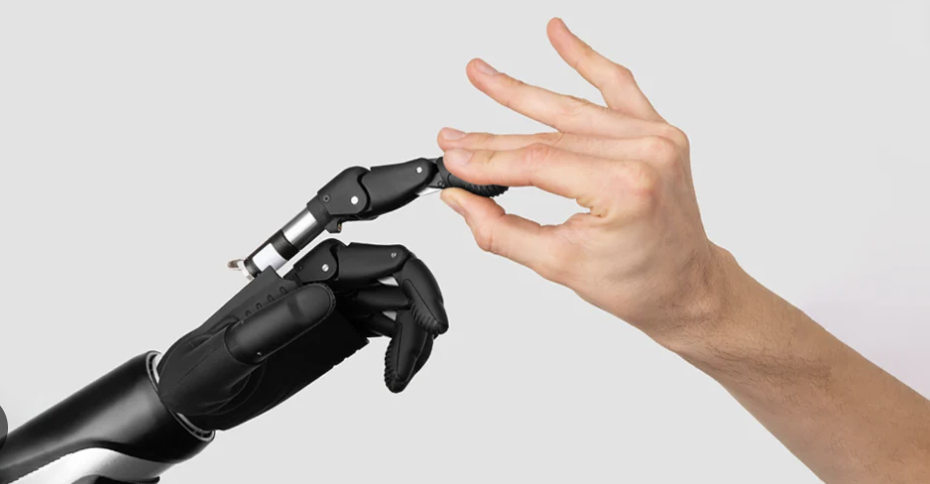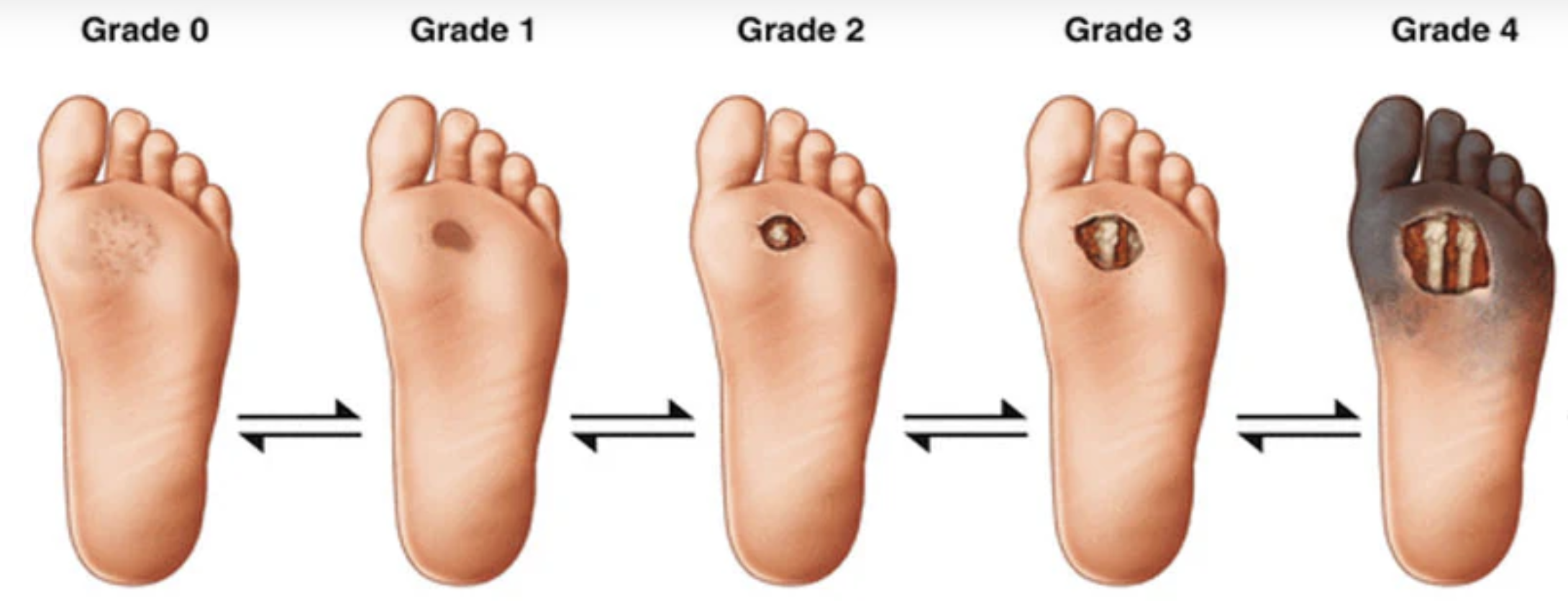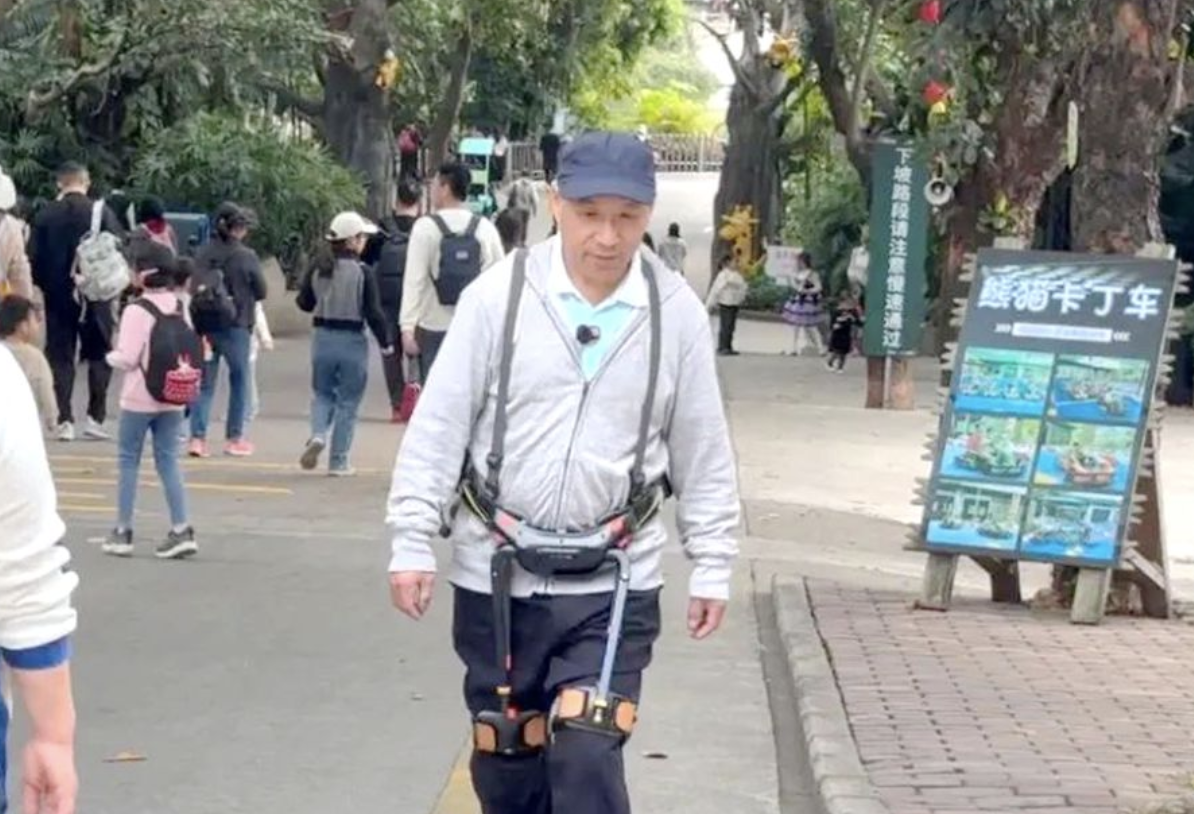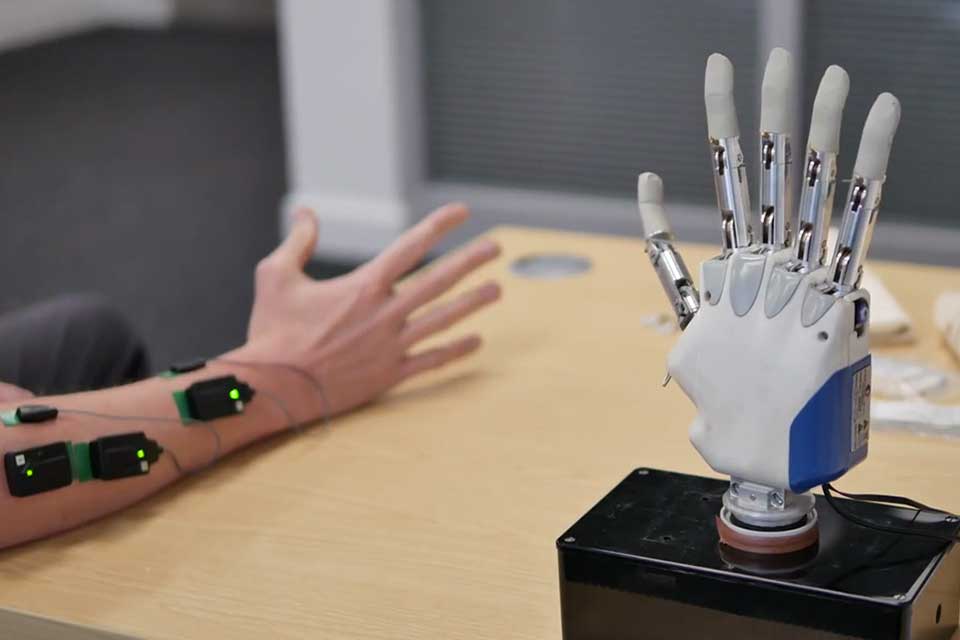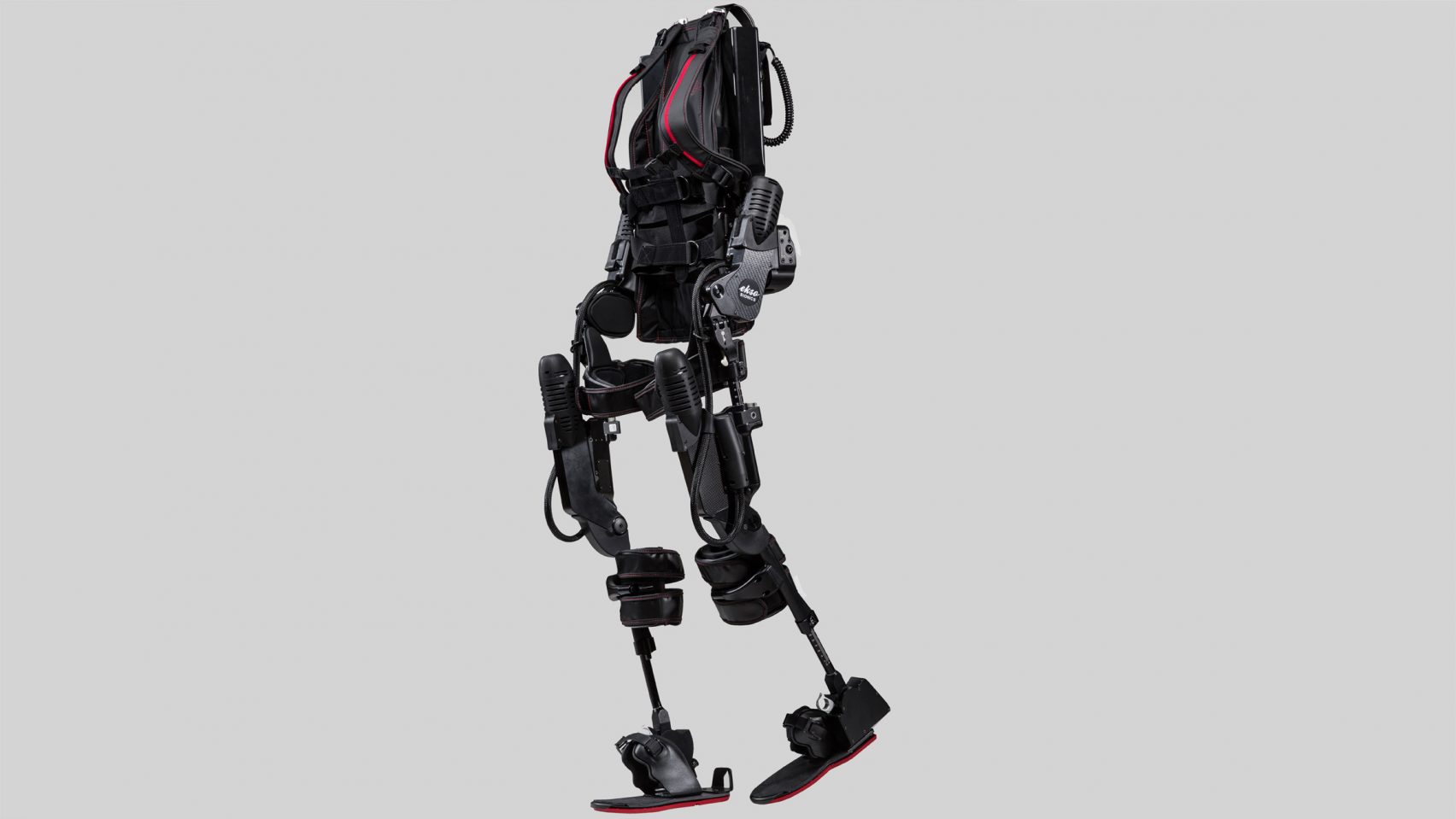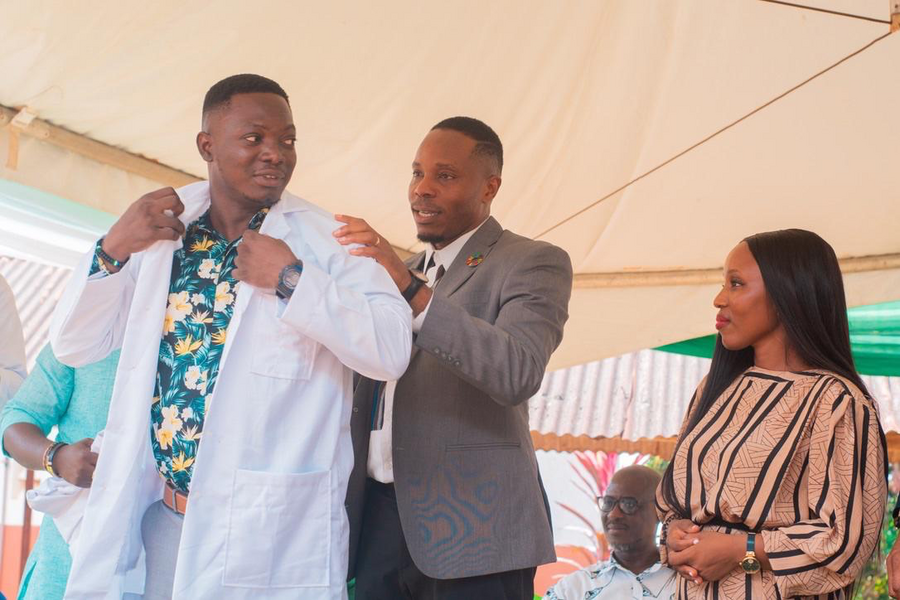In line with the date of foundation in 1970, ISPO is launching the first International Prosthetics and Orthotics Day on November 5th. It aim is to highlight and raise awareness of the importance of prostheses and orthoses (P&O) for users and the need to provide further resources to ensure equitable and appropriate access to prosthetic and orthotic services.
Prosthetic and orthotic services encompasses, policies on provision (financing), products (components and material), personnel, required to deliver the appropriate prostheses, orthoses and related therapy. Prosthetic and orthotic services should embody the principles of people-centred health services, an approach to care that consciously adopts the perspectives of individuals, families and communities, and sees them as participants as well as beneficiaries of trusted health systems.
Prostheses and orthoses can enhance the mobility, dexterity or functioning of the user; alleviate pain; restore cosmesis; protect joints; prevent / correct deformities; and prevent secondary impairments. Most prostheses and orthoses are required for long-term use and/or for limited periods.
Improving access to prosthetic and orthotic services requires a people-centred ecosystem. The WHO 5’P’ people-centred model provides an overview of the P&O system. The five interlinked areas of P&O are: People-centred, Policy, Personnel, Products and Provision. None of these areas on their own constitute the system.
The P&O ecosystem is created by the relationships and interactions between these areas.
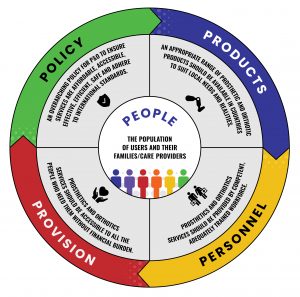
Understanding each component highlights the type and severity of barriers that people encounter in access to products and services. Policies shape the products that are available, the service provision system and the capacity of the personnel required. Strategies aimed at increasing access to appropriate prostheses and orthoses need to strengthen these four interrelated components.
Prostheses and orthoses enable people with physical impairments or functional limitations to live healthy, productive, independent, dignified lives and to participate in education, the labour market and social life. They can reduce the need for formal health care, support services, long- term care and caregivers. Without them, people who need P&O are often excluded, isolated and locked into poverty, increasing the burden of morbidity and disability. Access to P&O services empower people by providing the opportunity to determine their own future and fully participate in community life.
Access to P&O services is a precondition for ensuring respect to human rights. The Convention on the Rights of Persons with Disabilities (CRPD) states that facilitating access to mobility aids, assistive devices and technologies is a State obligation, obliging them to ensure access for people in need to high-quality affordable prosthetic and orthotic services. Sustainable Development Goal (SDG) 3 ensures good health and well-being for everyone. Prosthetic and orthotic services play an important role in achieving this goal and other SDGs: access to education and jobs, escaping poverty and hunger, equal access to opportunities and services and participation in society on an equal basis.
Key statistics
0.5% of any population globally require prostheses and orthoses and rehabilitation treatment. This corresponds to 35–40 million people globally who require P&O services.
At least two to four times more people require services for orthotic treatment than for prosthetic treatment. Due to the global population increase and improved life expectancy those requiring P&O services will rise accordingly. As a larger proportion of the ageing population will be affected by disability, the need for services will also rise proportionally.
The world is witnessing significant increases in musculoskeletal conditions and noncommunicable diseases such as diabetes and stroke, which, if they continue, will greatly add to the need for prostheses and orthoses. Thus, by the middle of this century, the proportion of the world’s population that requires services is likely to be closer to 1%.
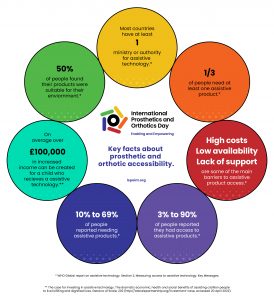
Prosthetic and orthotic services generate significant economic benefits: for the users (who may work and earn an income), for their families and communities (as users require less care and assistance), for health services (as they help to accelerate recovery, shorten hospital stays and reduce the need for frequent medical help or re-admission), for society and for the country as a whole (as users become more independent and healthier, reducing health and welfare costs).
These services can stimulate economic growth by enabling a more productive workforce and also by opening up markets and creating job opportunities for the production of prosthetic and orthotic components and service delivery. They are therefore an important economic investment. Not making such an investment has real negative effects: without access to high-quality prostheses or orthoses, people with physical impairments or functional limitations are at greater risk for exclusion, dependence, isolation and, ultimately, poverty, all of which entail great social and economic costs for families, society and the country.
_
Resources:
- The Logo (English, Spanish, Arabic and French)
- The Logo concept
- The Infographic 5Ps
- The Infographic Stats
- The Short video
WHO Standards for Prosthetics and Orthotics Part 1 and 2 (available in English, Spanish, French & Arabic)
- English: Part 1 and Part 2
- French: 1ère Partie et 2ème Partie
- Spanish: Parte 1 y Parte 2
- Arabic: Part 1 and Part 2


